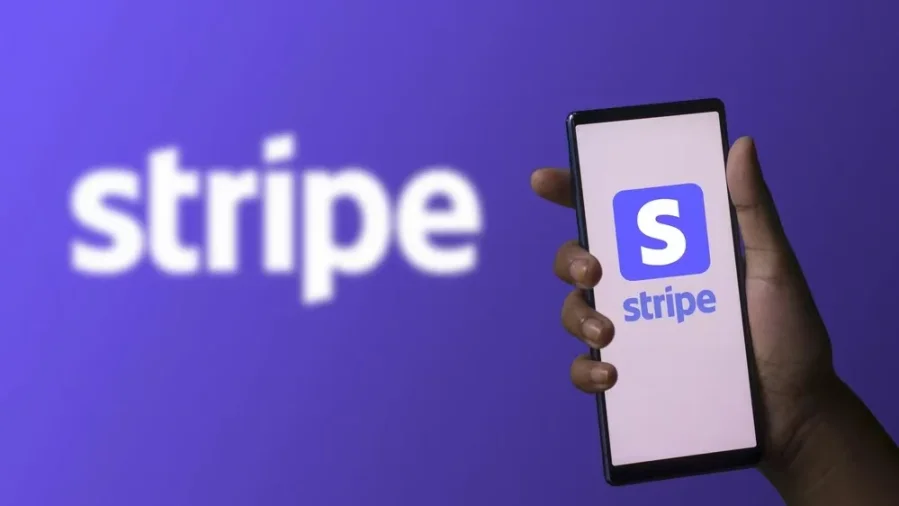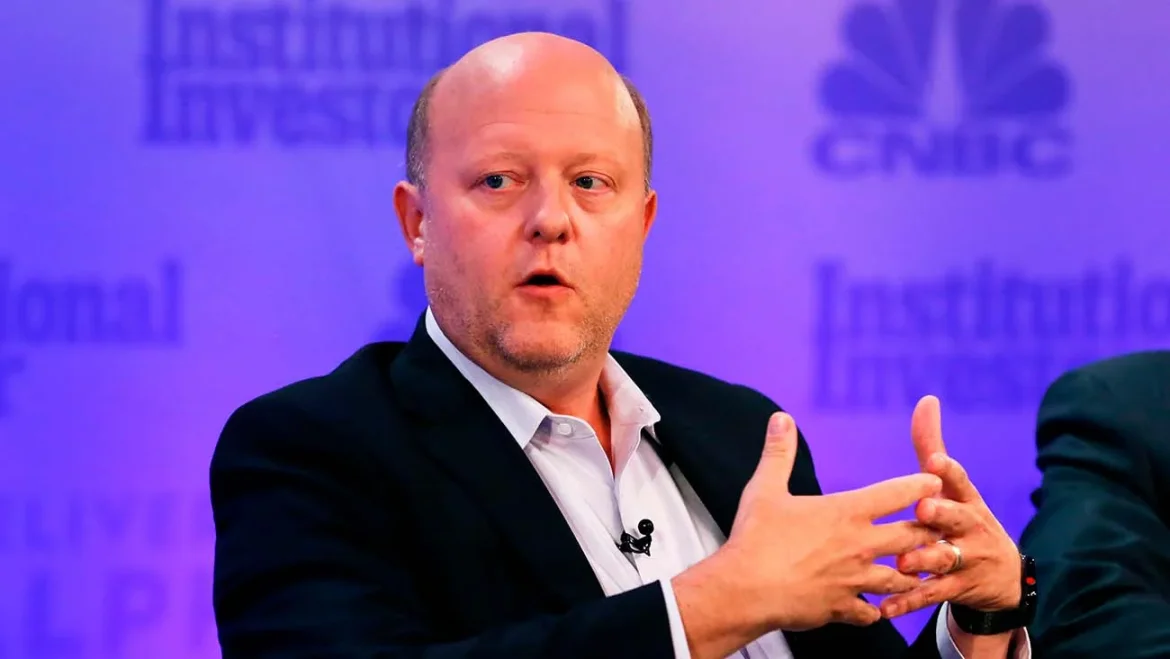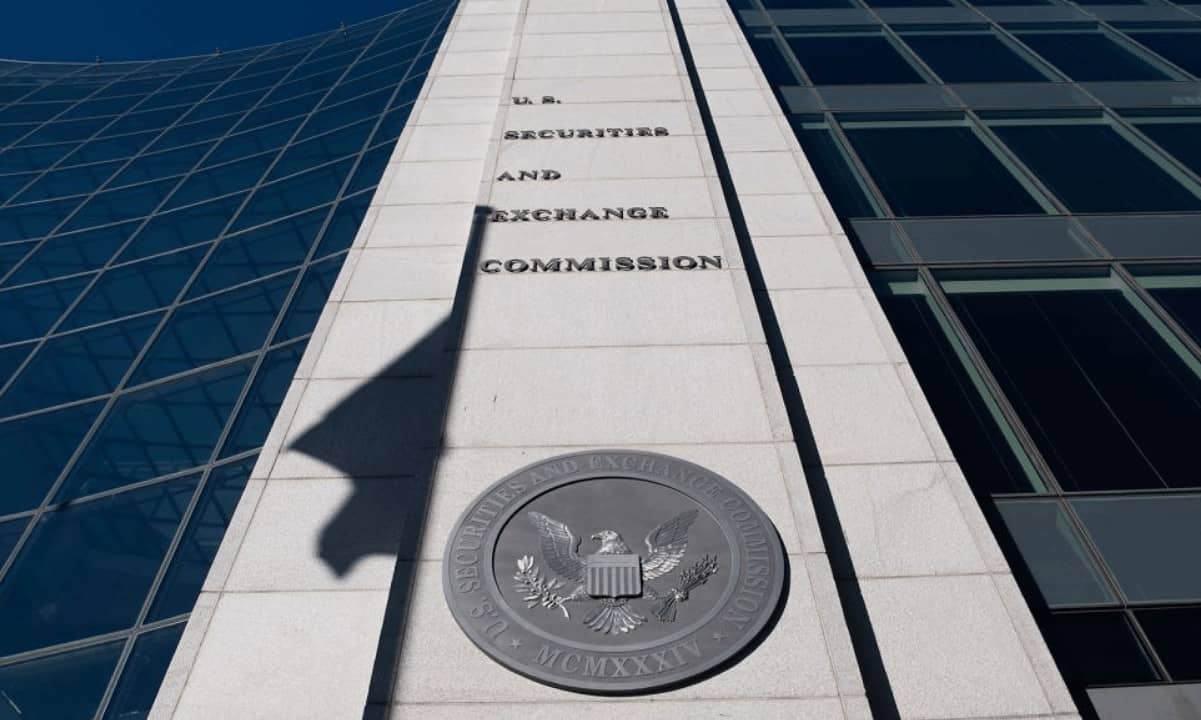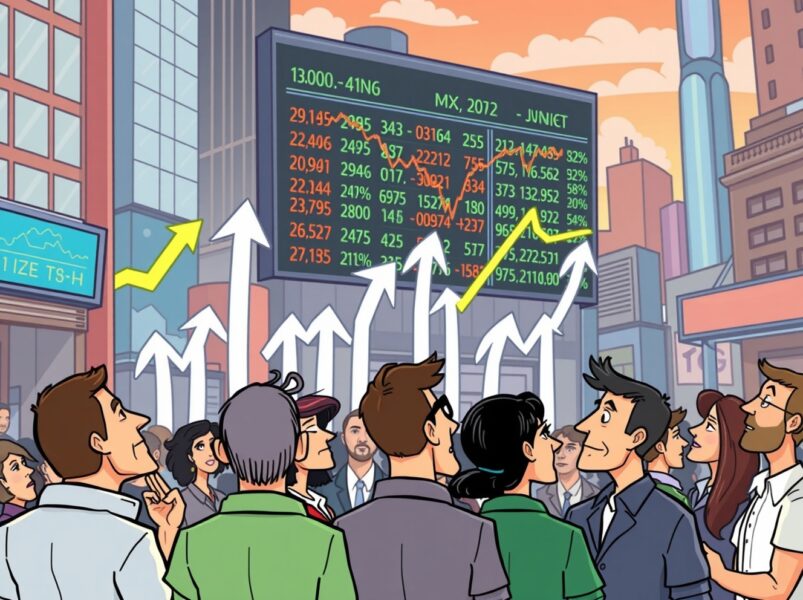From Stripe to Circle, why are fintech companies rushing to build their own blockchains?
By Ben Weiss, Fortune Magazine
Compiled by Luffy, Foresight News
Building one's own blockchain has become a new trend in the fintech sector. US cryptocurrency exchange Coinbase already has its own blockchain; online brokerage Robinhood announced plans to launch its own blockchain in June, and competitor eToro is also considering following suit. Now, fintech giant Stripe and stablecoin issuer Circle have joined the trend.
Stripe is developing a blockchain called Tempo, focused on payments, according to a since-deleted job posting and people familiar with the matter, while Circle said Tuesday morning it is building Arc, a blockchain designed specifically for stablecoins.
The sudden surge in enterprise blockchains raises the question: Why are seemingly all the big financial companies (especially Stripe and Circle) transitioning to become blockchain developers?
Master the complete technology stack
Two executives in the stablecoin space and one investor said Stripe’s motivation is simple: vertical integration.

With its $1.1 billion acquisition of stablecoin startup Bridge, Stripe now has its own stablecoin and payment network. Furthermore, with its acquisition of cryptocurrency wallet company Privy in June, Stripe will also be able to offer users accounts for storing stablecoins. For Stripe, known for traditional payment services like online checkout, adding blockchain services means building a mature stablecoin ecosystem.
Rob Hadick, a general partner at the crypto venture capital firm Dragonfly, which frequently invests in stablecoin startups, told Fortune: “These large companies have an incentive to own the entire technology stack.”
Stripe, which is betting stablecoins are the future of payments, could miss out on millions of dollars in revenue if a significant portion of its $1.4 trillion in transaction volume is processed through stablecoins.
Blockchain is like the Google Cloud or Amazon Web Services of the crypto technology stack: a decentralized cluster of servers processes the transactions of cryptocurrency applications, and the server owners are paid for providing computing power.
For example, according to DefiLlama, Coinbase's own blockchain, Base, has generated more than $130 million in fees since its launch in early 2023.
“Everyone wants to control the economy,” Luca Prosperi, co-founder and CEO of stablecoin infrastructure company M0, told Fortune.
However, it remains to be seen whether the proliferation of stablecoins and their associated blockchains will lead to average consumers struggling to navigate the endless stream of tokens and blockchains.
Stripe did not respond to a request for comment.
Defense and Offense

Circle CEO Jeremy Allaire
Circle's motivations are similar.
The stablecoin issuer, which debuted in June, has its own token, USDC, built a growing payment network, and even offers services that allow corporate clients to create their own cryptocurrency wallets. However, the cryptocurrency company does not yet have its own blockchain and cannot earn fees from payment transactions on its services.
“They want to control that aspect of the money flow as well,” Bam Azizi, co-founder and CEO of cryptocurrency payments startup Mesh, said of Circle.
But Stripe and Circle are in different situations. Stripe is one of the largest private companies in the tech sector, a dominant payments processor with diverse revenue streams. In January alone, its Stripe Billing business generated $500 million in annual revenue.
In contrast, Circle earned over 96% of its revenue in the second quarter of 2025 solely from interest on the U.S. Treasury bonds backing its stablecoin. If interest rates fall, its entire business model could be threatened.
“We’re building a complete system, from the infrastructure layer to the stablecoin layer to the payment network layer,” Circle CEO Jeremy Allaire said in an interview with The Information about the company’s second-quarter results. A Circle spokesperson declined to comment further.
Still, some believe the newly public company is playing catch-up to its competitors.
“Circle is taking a defensive and reactive approach,” said Hadick, a general partner at Dragonfly. “Stripe, on the other hand, is taking an offensive and proactive approach, focusing on the future of payments and the future of its own business.”
You May Also Like

SEC Approves Generic Listing Standards Clearing Path For Crypto ETPs

Crucial US Stock Market Update: What Wednesday’s Mixed Close Reveals
